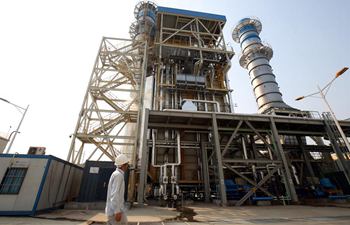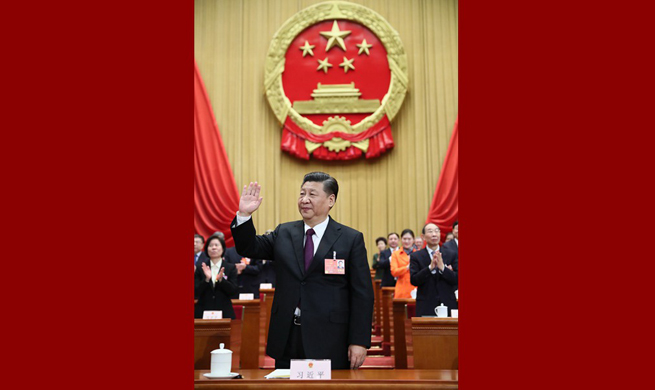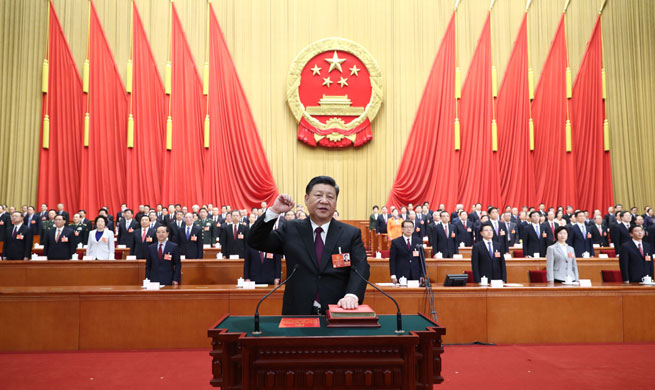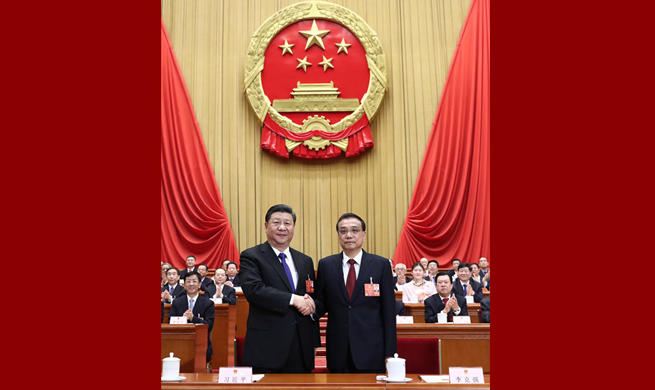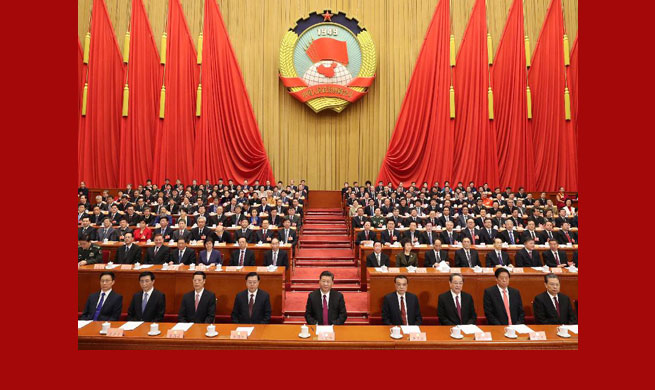CANBERRA, March 19 (Xinhua) -- A team of international scientists including Australians have observed electrons outside of their regular orbit for the first time.
The common image of an electron shows them orbiting a nucleus on a foxed path, similar to planets orbiting the sun, but the scientists, including those from the Australian National University (ANU), observed them in a different, high-energy orbit.
Anatoli Kheifets, the leader of ANU's involvement, said the findings were the result of work by hundreds of scientists after the phenomenon was first predicted by quantum theory 30 years ago.
"Scientists never thought they could observe such a rare event," he said in a media release on Monday.
"There is no simple way to look inside a molecule to see what an electron is doing there."
In order to make the discovery, the team took a precise snapshot of pairs of electrons in a hydrogen molecule.
They used an x-ray beam to knock an electron out of the molecule, causing its atoms to split.
"Because the two electrons in the molecule are entangled, the one that was knocked out carried very precise information about the quantum state of its counterpart," Kheifets said.
It was discovered that both the electrons momentarily jump to a higher energy orbit; an example of quantum correlation.
"This kind of correlation between electrons is normally too weak to see, but in certain circumstances can lead to remarkable behaviours such as superconductivity, which underpins high-capacity computer memory," Kheifets said.
"The process of electron correlation in the hydrogen molecule is very rare and weak. Nevertheless, the sensitivity of the experimental technique was so great that it allowed us to very clearly visualise the pair of the electrons in the act, out of their usual character."
Aside from representing a significant breakthrough, the discovery also has practical implications with Kheifets saying it could be a major breakthrough in the development of superconductors and thin-layered structures.








